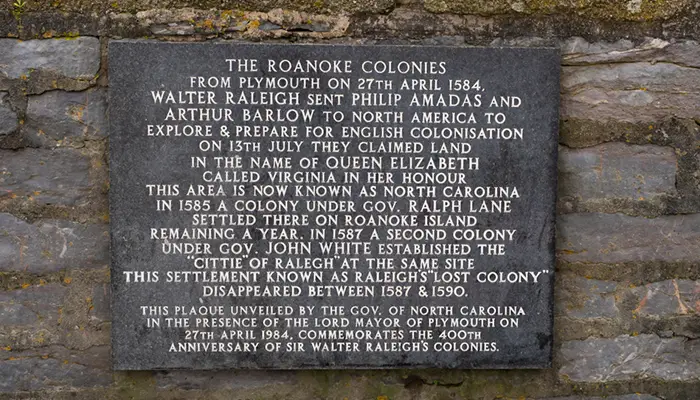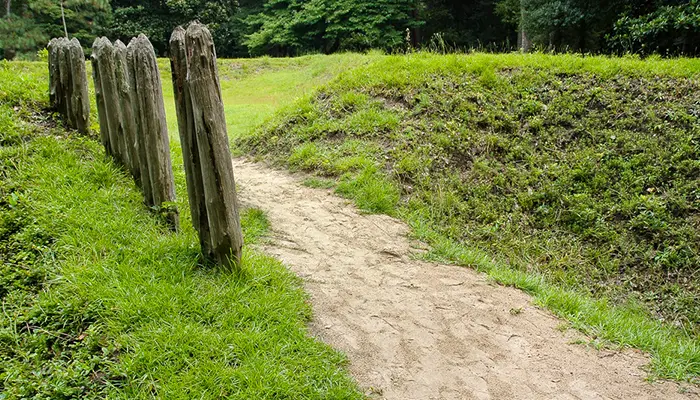
On Roanoke Island, North Carolina, the salty air carries whispers of "Croatoan," a cryptic inscription etched onto a tree—the last known trace of 115 English colonists who vanished without a trace in 1590. Their fate, lost in the shadows of history, has woven itself into the fabric of American legend, a chilling tale of ambition, adversity, and the enduring power of the unknown.
Sir Walter Raleigh, fueled by dreams of riches and a foothold in the New World, dispatched the first Roanoke colonists in 1585. Led by Ralph Lane, the settlers faced a stark reality: meagre resources, hostile natives, and internal conflicts. After a year, they returned to England, their golden dreams replaced by harsh lessons learned.
Undeterred, Raleigh sent another group in 1587, led by John White. This time, families were included, aiming for a permanent settlement. White, however, returned to England for supplies, leaving behind 115 colonists, including his pregnant daughter Eleanor Dare and her newborn Virginia, the first English child born in America.
Image:https://www.shutterstock.com/image-photo/plymouth-devon-uk-january-25-2020-1633028863
When White finally returned in 1590, three years later, he found the settlement deserted. Houses lay dismantled, belongings abandoned. The only clues were the word "Croatoan" carved on a tree and the letters "CR" on another—cryptic messages that offered no answers, only deepening the mystery.
Centuries of speculation have woven a labyrinth of theories, each attempting to decipher the colonists' vanishing act. Did they succumb to a brutal attack by the native Croatoan tribe, their screams lost in the wilderness? Were they captured by Spanish pirates and forced into a life of servitude on the high seas?
Did they, driven by desperation, integrate with the natives, adopting their way of life and fading into the fabric of the Croatoan tribe? Or did they perish from disease or famine, leaving "Croatoan" as a final desperate plea for help, their voices forever silenced by the unforgiving wilderness?

Archaeological digs have unearthed tantalising pieces of the puzzle—fragments of English pottery, possible defensive structures, and intriguing artefacts hinting at contact with the natives. DNA analysis of modern-day Native American populations whispers of potential intermixing, lending credence to the assimilation theory. Yet, definitive proof remains elusive, leaving the "Lost Colony" a haunting, unsolved puzzle, its whispers echoing through the centuries.
The enduring mystery of the Roanoke Colony transcends historical intrigue. It speaks to the human spirit's resilience in the face of adversity, the allure of the unknown, and the fragility of hope. It has inspired countless works of fiction, fueled imaginations, and served as a reminder that history is often riddled with unanswered questions, waiting to be unravelled.

Today, archaeologists, historians, and enthusiasts continue to scour the Carolina coast, driven by a desire to unlock the secrets of the Lost Colony. Each new discovery, each potential clue, rekindles the hope of finally understanding what happened to those 115 souls, bringing closure to this enduring chapter in American history.
The mystery of Roanoke Colony may forever remain shrouded in some shadows, but the relentless pursuit of answers serves as a testament to our enduring fascination with the unknown and our desire to piece together the fragmented narratives of the past. Perhaps, one day, the whispers of "Croatoan" will yield their secrets, offering a glimpse into the final chapter of this captivating American enigma.